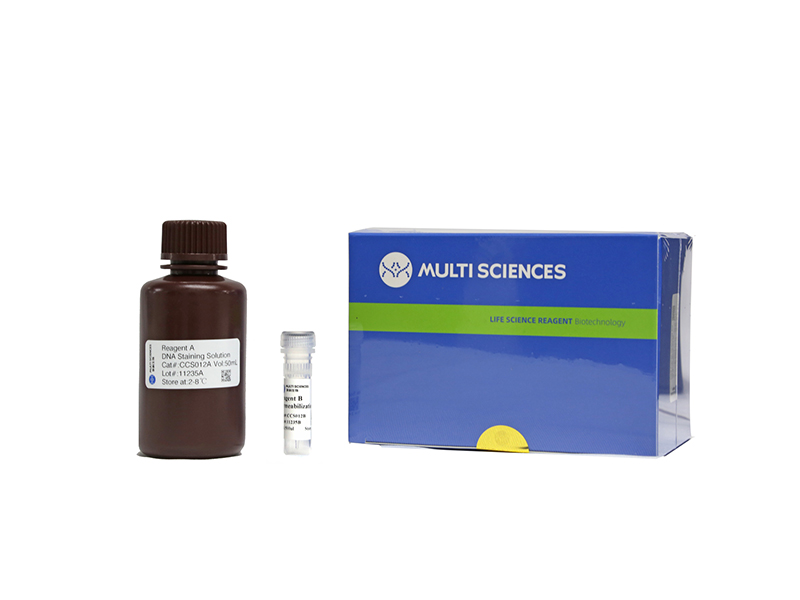Aberrant levels of microRNAs (miRNAs) are linked to tumorigenesis and tumor progression. Here we analyzed the expression of microRNA 18a in glioblastoma multiforme (GBM) within groups of coexpressed groups of genes through analysis of expression profiling databases and clinical tissues. Cell proliferation and flow cytometry experiments were performed to determine the roles of miR-18a in the proliferation of glioblastoma cells in vitro. We employed bioinformatics analyses, luciferase reporter assays, and immunoblotting to identify chromobox protein homolog 7 (CBX7) as the target gene of miR-18a. A significant inverse correlation was observed between miR-18a and CBX7 expression in GBM tissues (r = -0.6264, P = 0.0094). Bioinformatics analyses revealed that most CBX7-associated genes were enriched in terms associated with cell cycle pathways. Upregulated expression of CBX7 inhibited the growth of GBM cells and reduced the expression of CDK2 and cyclin A2 (CCNA2). Rescue experiments indicated that overexpression of CBX7 significantly recovered the increase in cell proliferation and cell cycle distribution induced by miR-18a overexpression. In vivo studies revealed that decreased levels of miR-18a delayed the growth of intracranial tumors, which was accompanied by increased CBX7 expression. We suggest that miR-18a promotes glioblastoma progression via altering CBX7 expression and therefore may serve as a potential target for treating glioblastoma.
文章引用产品
-
-
- CCS012
- 周期试剂盒
Cell Cycle Staining Kit 细胞周期检测试剂盒
-
¥390.00
-
- CCS012
- 周期试剂盒
Cell Cycle Staining Kit 细胞周期检测试剂盒
- ¥390.00



